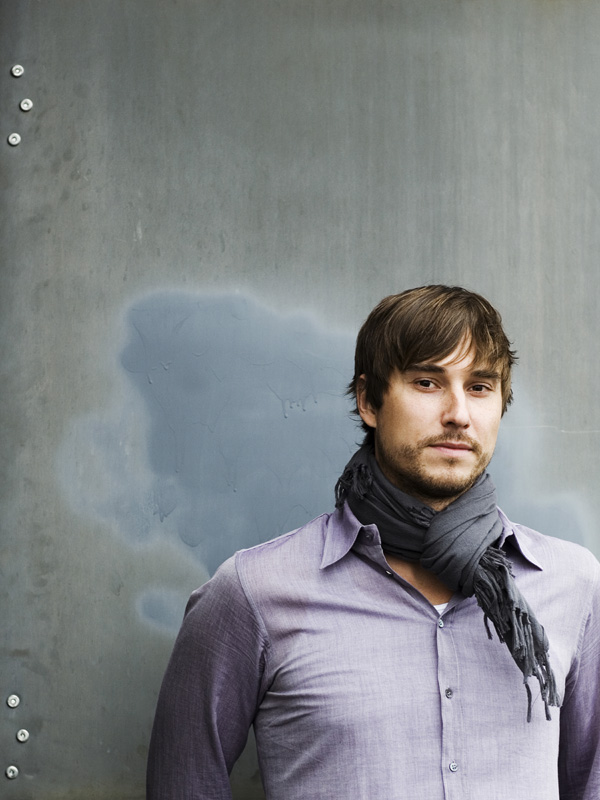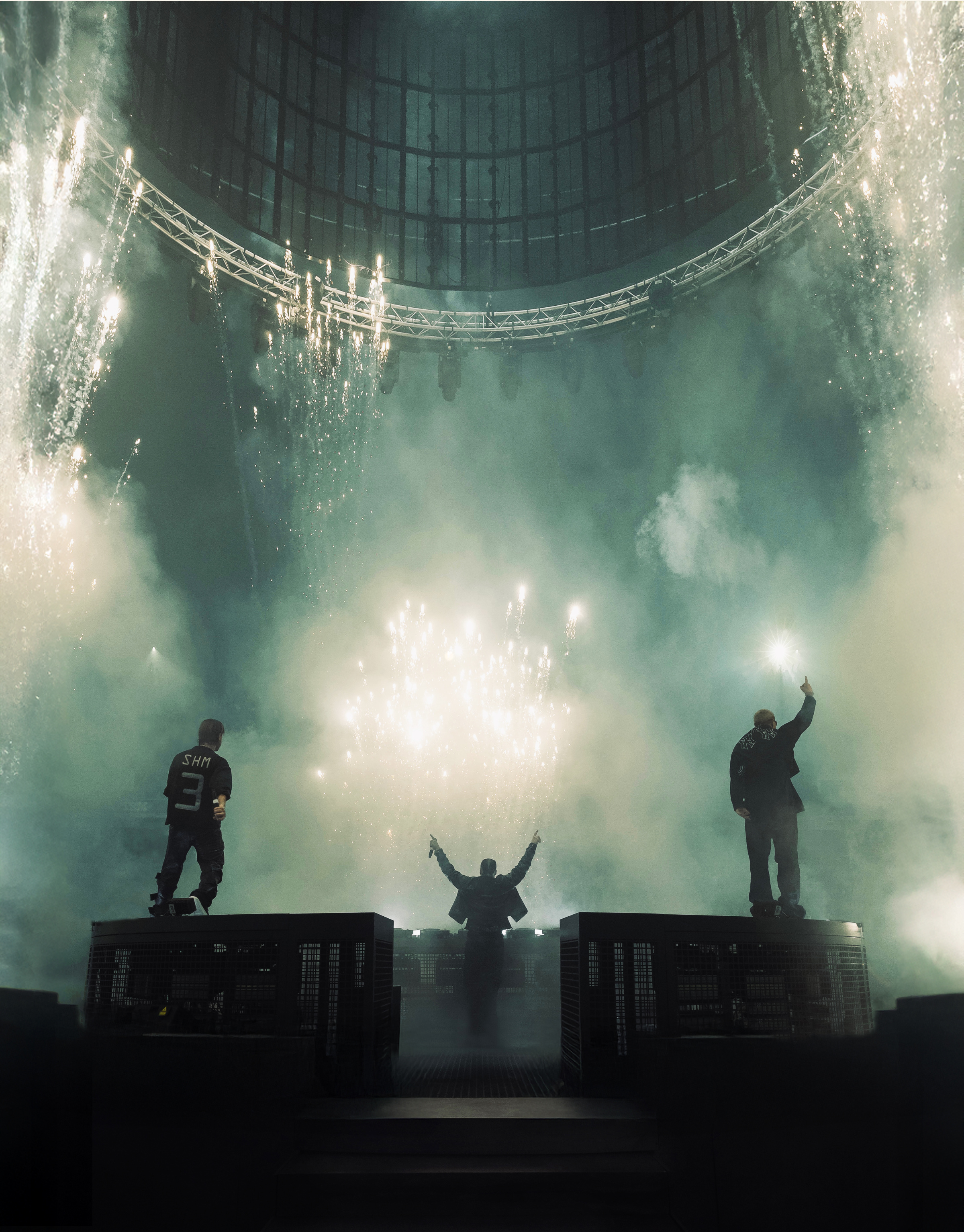Industrial designer Todd Bracher knows his stuff. He began his career by earning a degree from the Pratt Institute, whereupon graduation he headed to Copenhagen to attend the Danish Design School on a coveted Fulbright Design fellowship. From there, Bracher landed a series of high-profile jobs. First came Zanotta, an Italian furniture company, then came a gig as designer director at Tom Dixon‘s London studio. Since returning to the US in 2007 to begin his own venture, Bracher has been racking up accolades and awards, including the title of “future of American design” by the New York Daily News, and new designer of the year at New York’s International Contemporary Furniture Fair. The self-proclaimed naturalist designer chats with about finding inspiration in the moon, and why reduction rules his creative process.
What was the first piece of art or design that you made professionally? And do you still like it?
My first piece of design was OpenPrivacy, and, yes, I still love it. It is pure and so true to the way I work. That piece defined for me my future; years of dreaming about meaning and poetry in design, and there it was, for the first time realized in front of my eyes.
You’ve been described as a minimalist. How would you describe your approach to design?
I don’t consider myself a minimalist–perhaps an essentialist, or better still, an “irreducible complexity…ist.’ I believe in reduction to solutions. Only what is needed.
How does that translate into process?
Reduction is a very important part for me…how we can take away everything and just leave what we need behind. That reveals for us something new, something that’s genuine and truthful, that’s not trying to be anything but what it is. Singularity is the way that we communicate truth. It’s one idea…it’s not hidden in complexity; it’s not over-complicated; it’s not diluted. And that’s the way I like to package or contain these ideas about design. How can I take everything out and leave behind just the essence?
Can you give me an example of how nature influences your work?
Take the Dome lamp (Mater 2009) as an example. I had gone to South America, to Brazil. It was my first time to the Southern Hemisphere, and I found it really fascinating that the moon was upside down, and I couldn’t stop looking at it. Of course it dawned on me that it was just the opposite–that I was upside down. But the phases of the moon became new, and so I created this lamp. The moon doesn’t create light, it reflects light, and so in Dome, the light is reflected from the inside.
You’ve alluded to a deep interest in light and the way it enters and impacts a space. Can you expand on your thoughts about the importance of light in design?
Light and shadow. They both impact me heavily. We have far too much light in our lives. There is a beauty and magic in what we can’t see entirely. The fear of a basement is a wonderful thing! Your imagination at work…so much more exciting than over-lit spaces telling you everything there is to know about it. Spaces should be like people–they reveal themselves to you over time, subtly and elegantly, imperfections and all.
What is your favorite material to work with?
I don’t prefer any materials. They are chosen by the task at hand for specific reasons connected to its function or the user experience. An object is in wood or plastic for its own reasons, not mine.
Your work is highly influenced by nature, and specifically the structure of plants and animals. If you were to be something other than human, what would you be and why?
Good question. I would have to say probably something like a tree. An apple tree. It’s symbolic (Adam & Eve) and yet not obvious. It sort of goes unnoticed…I love that.
Q&A by Christopher Moraff
Photo by Seth Smoot
(via Design Bureau, 2011)



